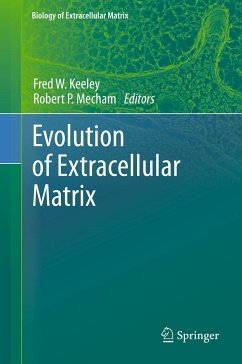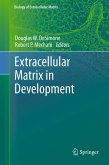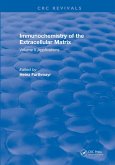The evolution of single cells into multicellular organisms was mediated, in large part, by the extracellular matrix. The proteins and glycoconjugates that make up the extracellular matrix provide structural support to cellular complexes, facilitate cell adhesion and migration, and impart mechanical properties that are important for tissue function. Each class of ECM macromolecule has evolved to incorporate distinctive properties that are defined by conserved modules that are mixed together to achieve appropriate function. This volume provides a comprehensive analysis of how the major ECM components evolved over time in order to fill their specific roles found in modern organisms. The major focus is on the structural matrix proteins, matricellular proteins, and more complex ECM structures such as basement membranes. Adhesive proteins and their receptors are also discussed.
The series Biology of Extracellular Matrix is published in collaboration with the AmericanSociety for Matrix Biology.
Dieser Download kann aus rechtlichen Gründen nur mit Rechnungsadresse in A, B, BG, CY, CZ, D, DK, EW, E, FIN, F, GR, HR, H, IRL, I, LT, L, LR, M, NL, PL, P, R, S, SLO, SK ausgeliefert werden.









